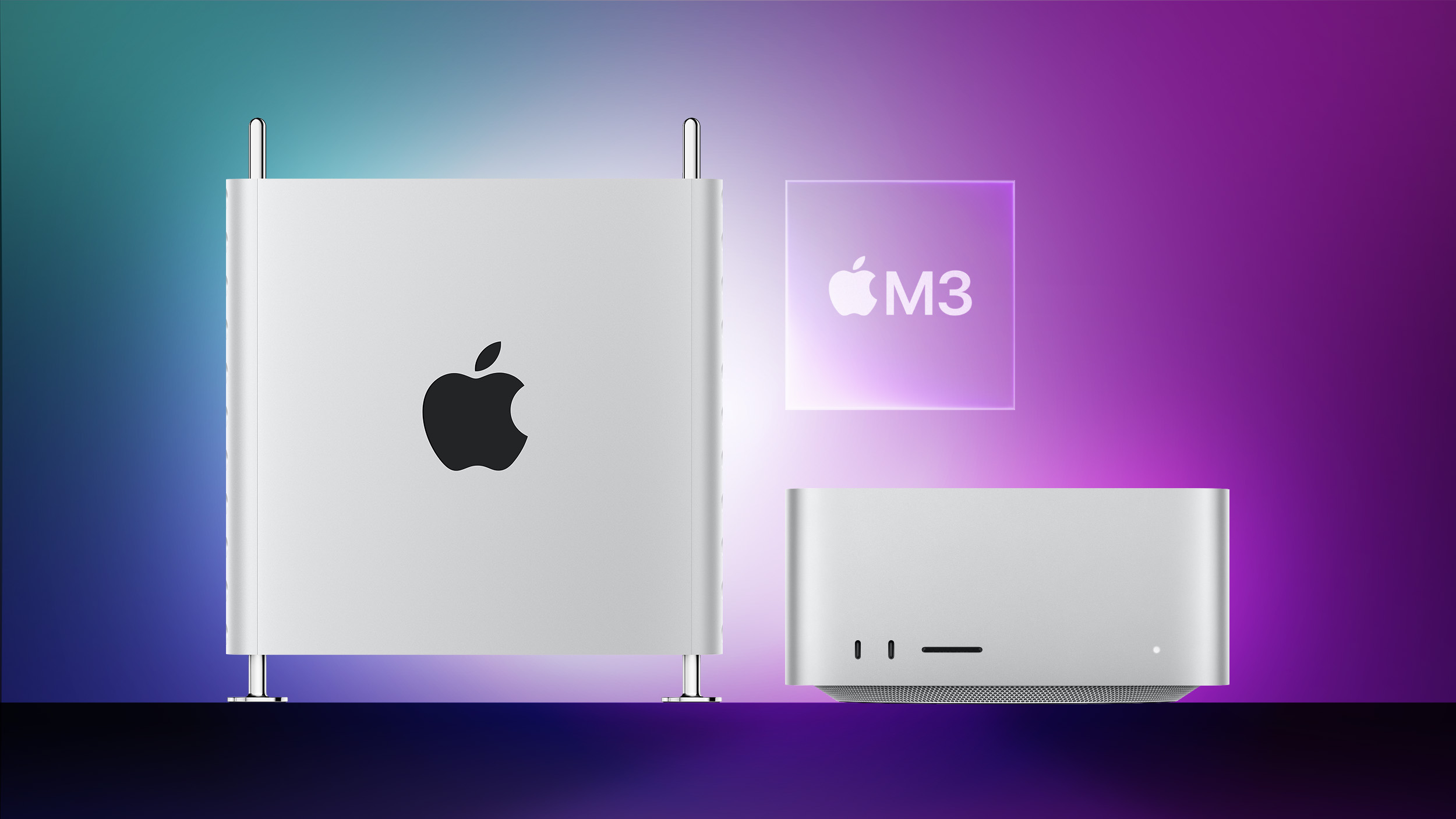Two scenarios other than the Mac Pro being discontinued…
1) The m3 ultra may be reserved for the Mac Pro moving forward. The studio will get the M3 pro and M3 max moving forward.
This basically ignores the Mini Pro. Mini with M3 Pro and Studio with M3 Pro ... where is the differentiation?
Apple isn't going to saddle the Studio with a Mx Pro. The entire upgrade in the cooling of the Studio chassis was to make the Mx Max variable in the Studio. Apple isn't going to toss that away at all. Apple already had a Mx Pro viable chassis!!!
Additionally, the M3 Pro's 'extra helping' of E cores versus the Max distinctly points to enclosures with less thermal headroom; not more.
In fact, the Studio would be better if the I/O ports were consistent. 6 Thunderbolt ports no matter which SoC.
Don't need MORE four Thunderbolt port only options! They should have less. Ports where you can easily get to them o the desktop; imagine that *cough* .
2) The studio will get the M3 max, but Apple has the M3 Extreme under development for the Mac Pro and has done a pretty good job of keeping it under wrap.
Better chance that the Mac Pro just skips the M3 all together than do that. The 'quad thing' is broke economically. Without an actual chiplet design it isn't likely going to be viable ( pounding 'round peg' monolithic dies into a big chiplet ('square hole' ) isn't going to reasonably affordable. Nevermind there is really no TSMC CoWoS capacity to make them for a couple years either. Given Apple's MP track record over the last decade a new MP every 12-14 months is plain unlikely. 4-6 years is more they established track record. If Apple got to an every 2-2.5 year cadence they'd be going twice as fast. Pretty good chance Apple isn't a huge hurry to kill the M2 Max die ahead of schedule ( or relatively quickly) if they can get a predictably steady drip flow of MP production that the factories can keep up with at a reasonable cost.
Smaller chance Apple comes with a M3 Ultra and just focuses on their dramatically upgraded GPU implementation to say it is a more solid step up from the MP 2019 and those stock Apple GPU options.
If Apple fixes the PCI-e v4.0 backhaul ( i.e., two x16 feeds) then it will have a bigger gap on the Studio's Thunderbolt limitations. Throw in the other M3 improvements on CPU/GPU/NPU and it is even better than MP 2019 configurations on out of the box performance. ( Apple is going to be in the 'quad M1 Max' range on lots of GPU metrics. )
[ It isn't about being a 4090/7900-killer GPU. It is far more about getting developers to tune up for the new GPU arch optimizations in the Apple software ecosystem, than 'killing' the alternative GPUs. Do not need an 'Extrame' to motivate folks to write more optimized GPU code. ]
Other option for Apple would be to introduce a "Mac add-in Card". No new Mac Pro but being able to put a new Mac inside a enclosure that as an 6 or 8-pin powered PC card. Run a virtual ethernet connection to the host system and folks can just 'remote screen' onto the card from the host system (and SMB file share). Apple needs 'better' value add PCI-e cards to put into a Mac Pro more so than a new CPU. Don't really need a 'new' SoC to do that. They could use the M3 Pro. ( might be even be able to squeeze that into a 75W bus power limit and don't need any 'evil' external power wires that Apple dislikes so much. )
Last edited:



